How to Read Japanese Sake Labels
This is the front of two Japanese sake bottles. I love how the names of Japanese sake is just so beautiful…they’ve translated the Japanese name of these two sake to: “Divine Droplets” and “Heaven’s Door”!
On the front, you’ll see “Takasago” on the left bottle. That happens to be the brewery’s name. If you’re not familiar with Japanese or brewery names, this might be difficult to spot.
But what’s important on the front of the label is the GRADE of sake. For premium, artisan sake, look for the words “Junmai” or “Junmai Daiginjo.”
- JUNMAI = At least 40% of the rice is milled away (the more you mill away, the better quality sake)
- JUNMAI DAIGINJO = At least 50% of the rice is milled away…the absolute best quality sake.
Okay, here’s the back of these babies.
Vine Connection’s labels all look very similar – which makes it really easy to understand. You’ll see the GRADE
GRADE:
- On the left, “Junmai Daiginjo Sake” – which means Pure Super-Premium Sake
- On the right “Tokubetsu Junmai Sake” – means Special Pure Sake
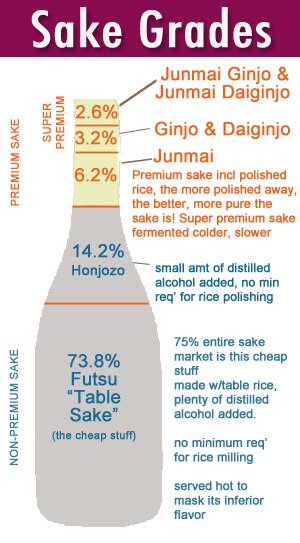
PROFILE:
- Some basic tasting notes. The Divine Droplets is “fragrant, clean finish”
- Heaven’s Door is “dry, distintive, slightly fruity”
This gives you a sense of what to expect with this sake and what you might want to pair it with. For example, any tasting profile that includes word “earthy” would be great with hearty dishes, meats, full-flavored recipes.
PREFECTURE:
Basically, this is the district or region where the brewery is located. While we have states and counties here in the United States, in Japan, they call the areas “prefecture.” If you’re familiar with sake, you’ll get an idea of what kind of flavor profile you’ll get. For example in wine, a pinot noir from Oregon is distinct and different from a pinot noir from Carneros.
- Hokkaido is in northern Japan, where’s it’s c-c-cold!
- Akita is on the north-western side of the large island – take a look at the map!
RICE:
The rice used in sake is so important! Because sake is really made with 2 main ingredients – rice and water – you’ve got to use the best quality rice that’s specifically for sake-making.
- “Yamada Nishiki” is one of the very best varieties of rice grown just for sake. It’s got a very high starch content.
- “Ginnosei” is a newer rice variety that’s been created to withstand the harsh winters in Akita.
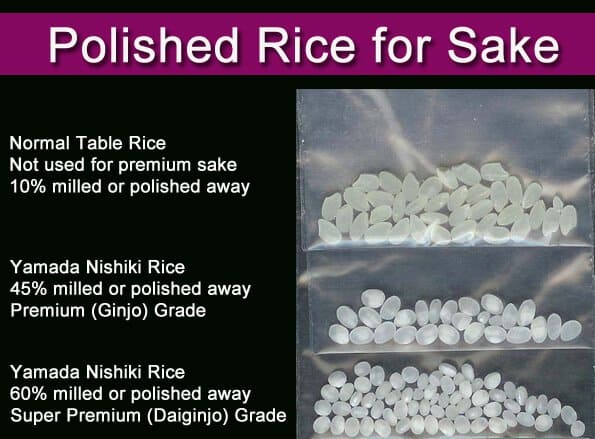

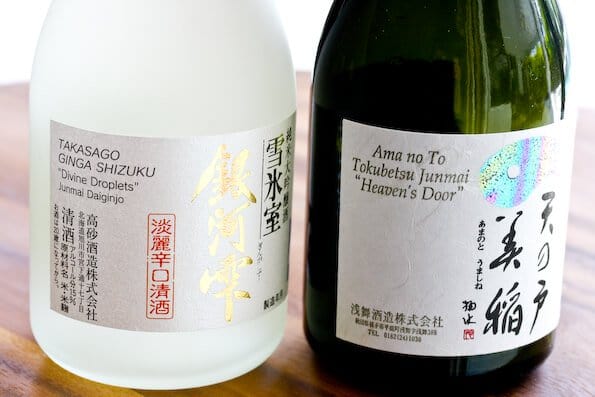
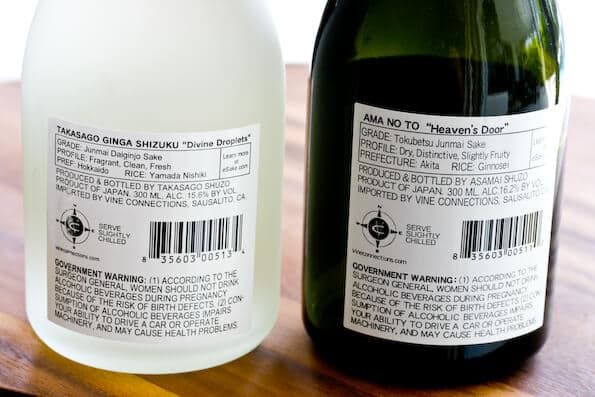


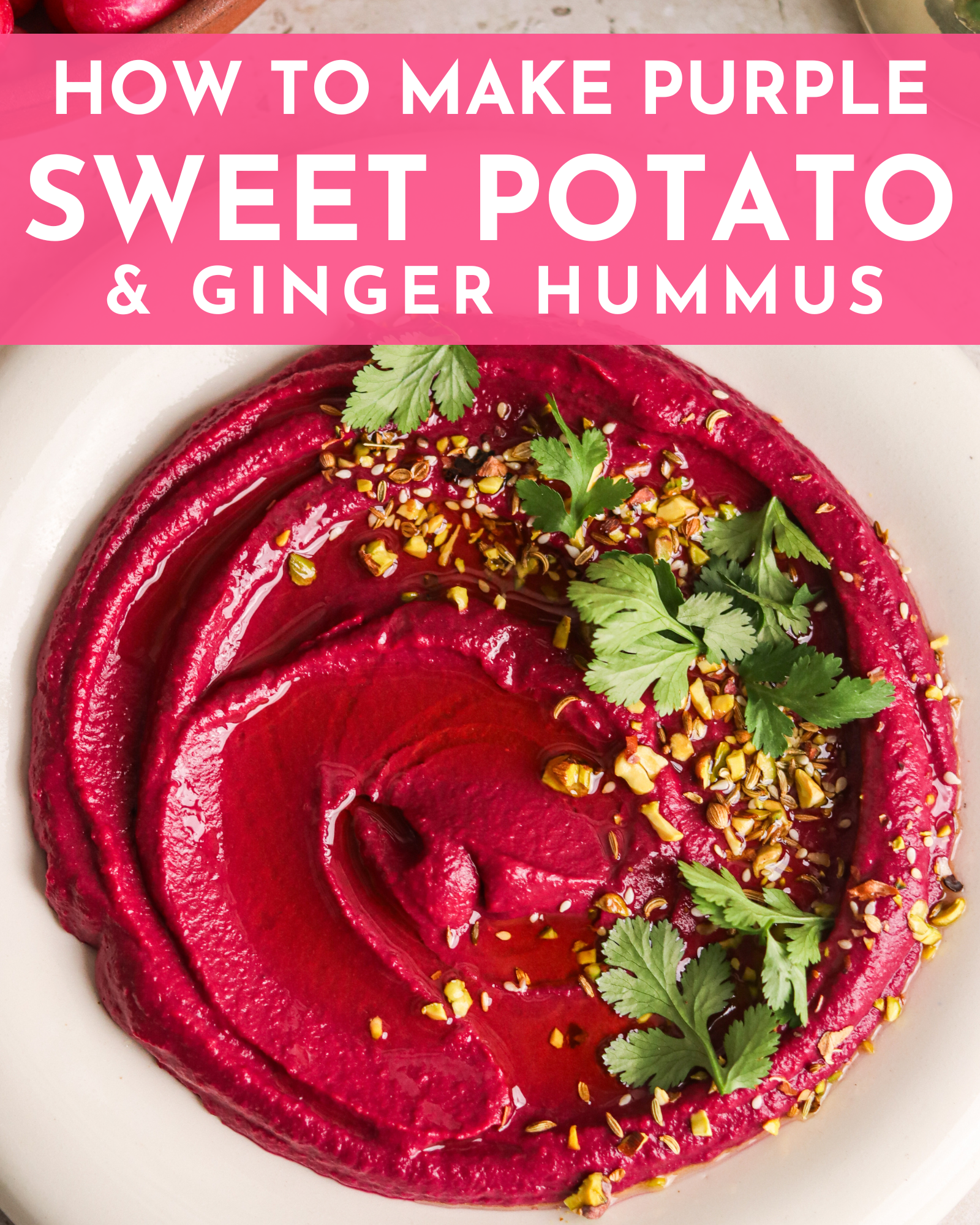
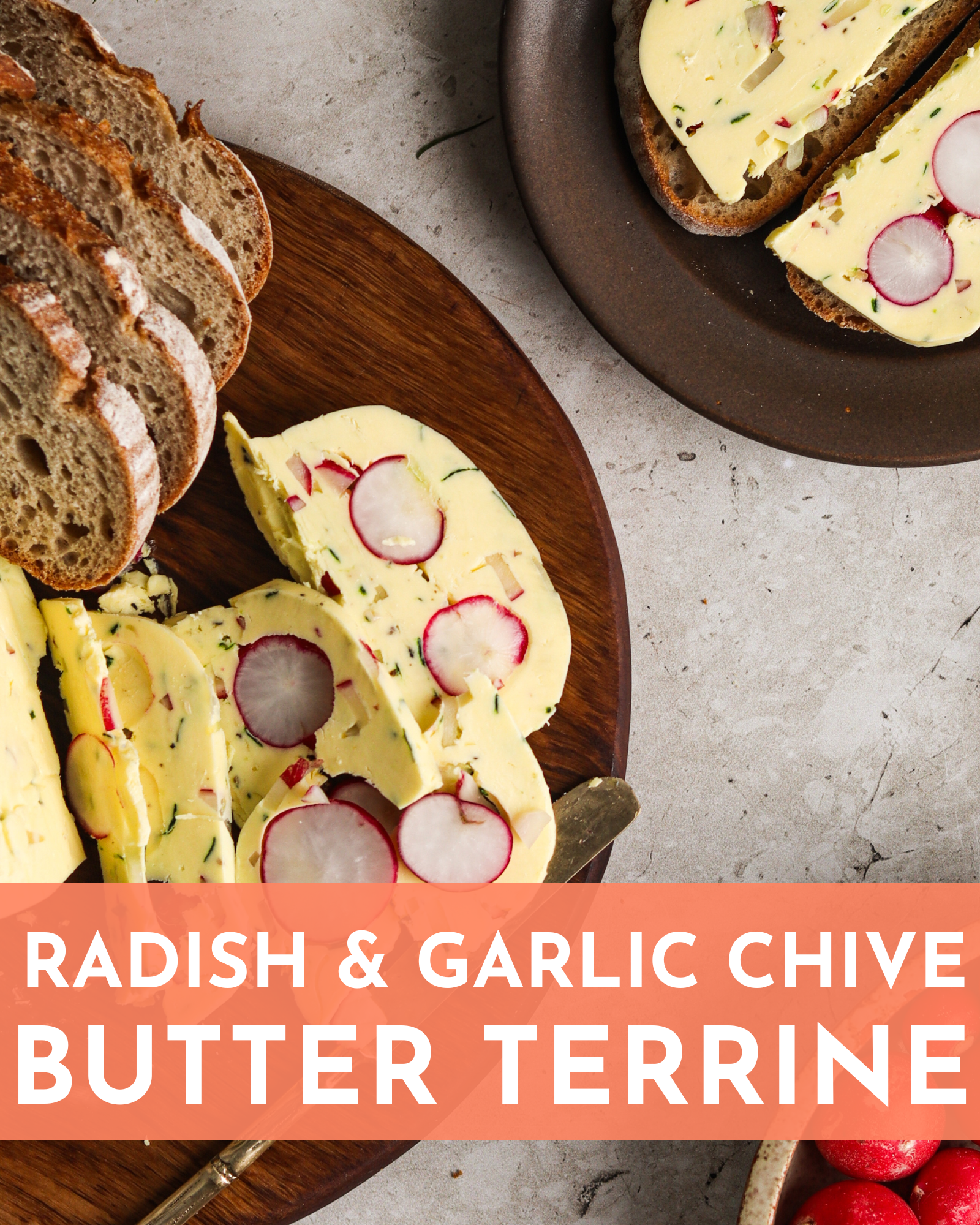
Great article! But there is a mistake…
When you say “JUNMAI = At least 40% of the rice is milled away” you should say “JUNMAI GINJO”.
Cheers!